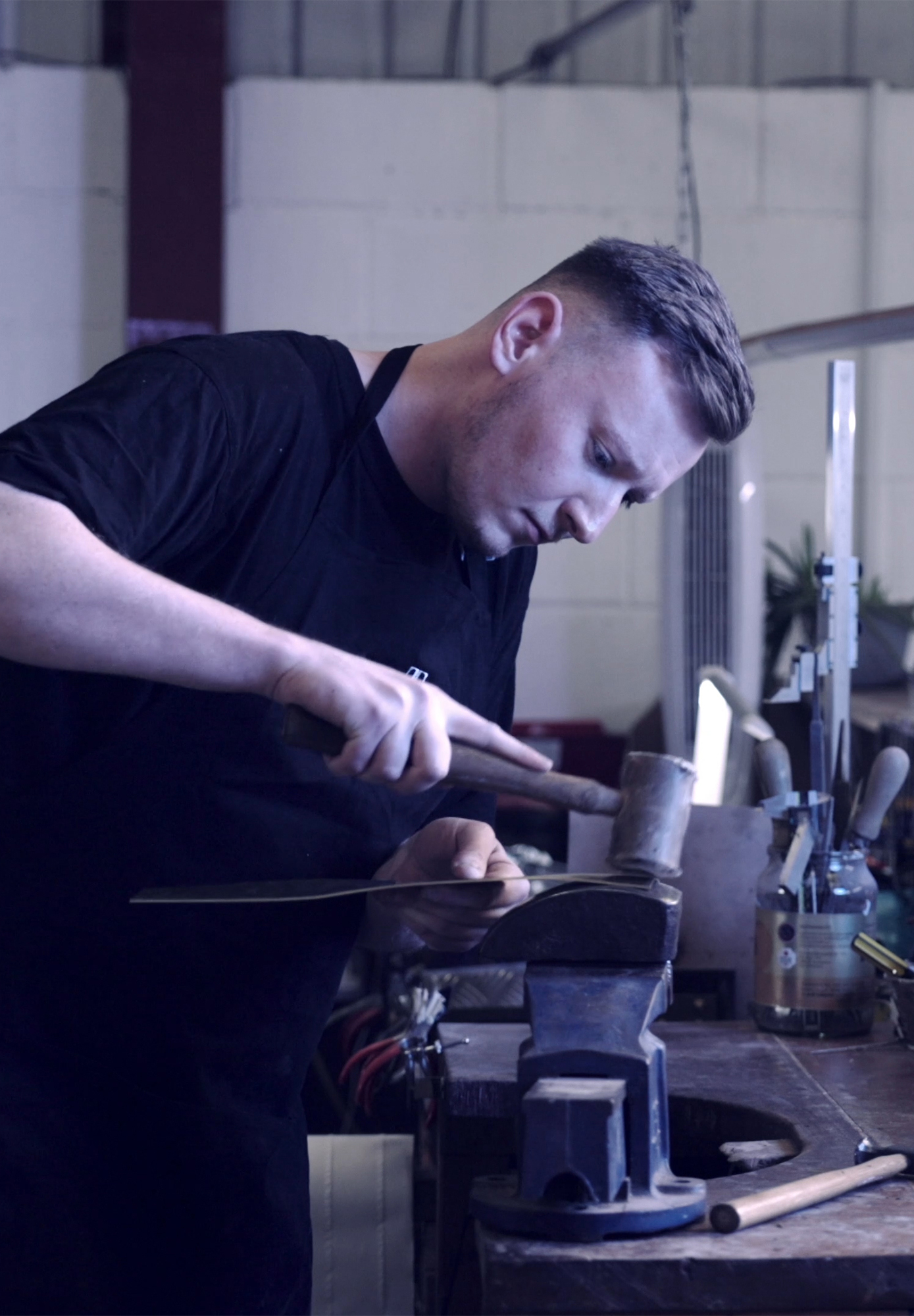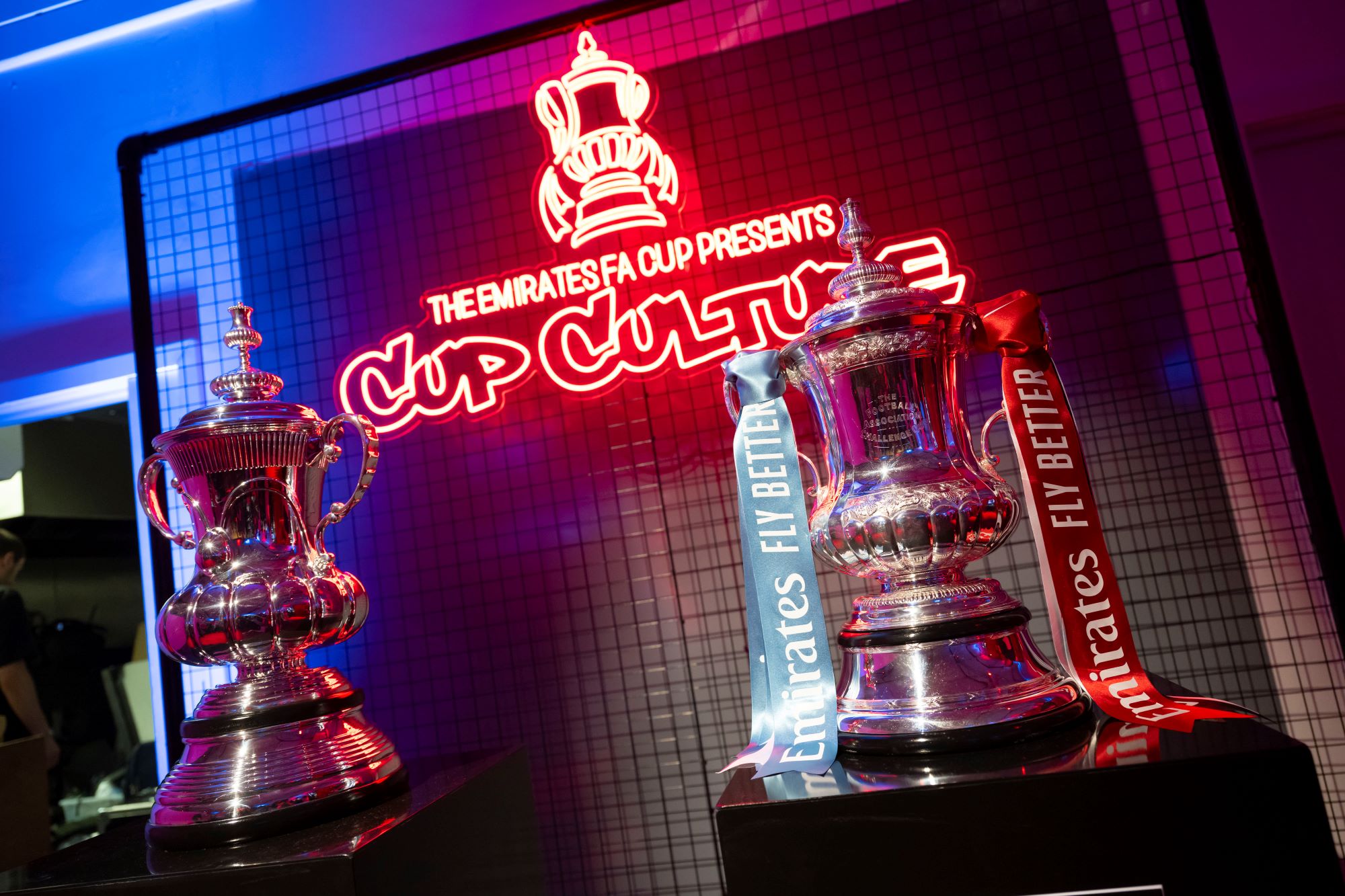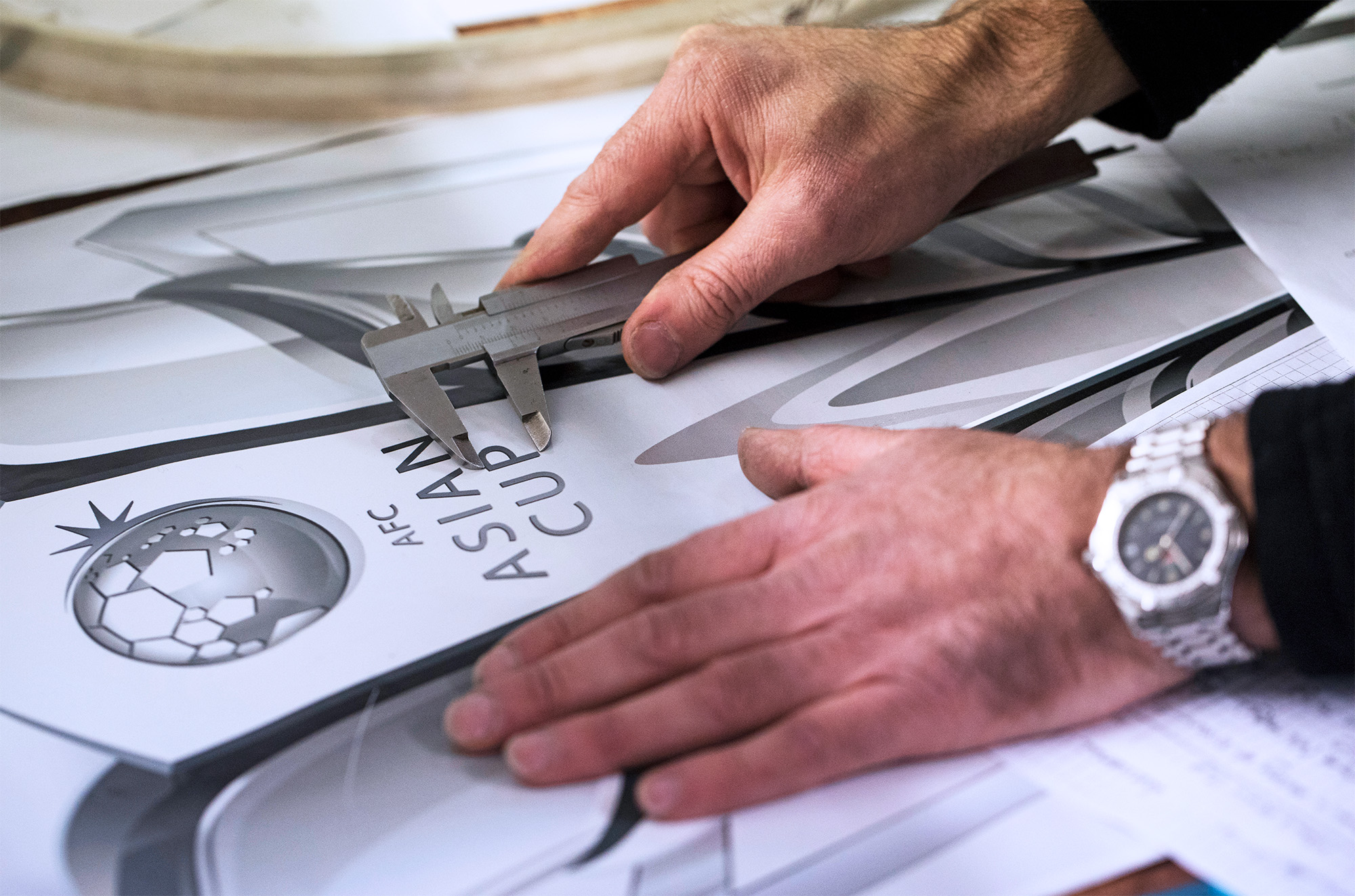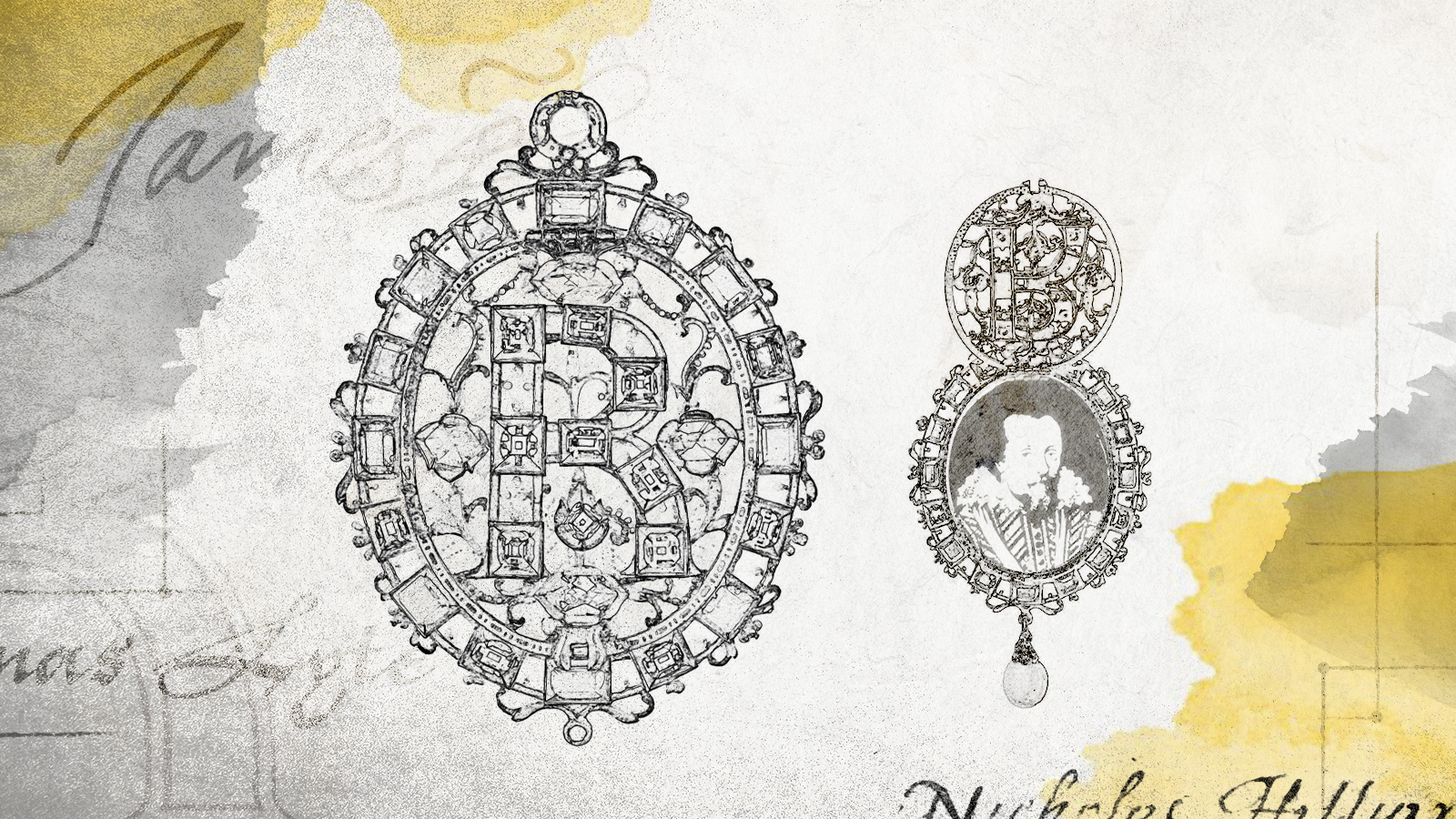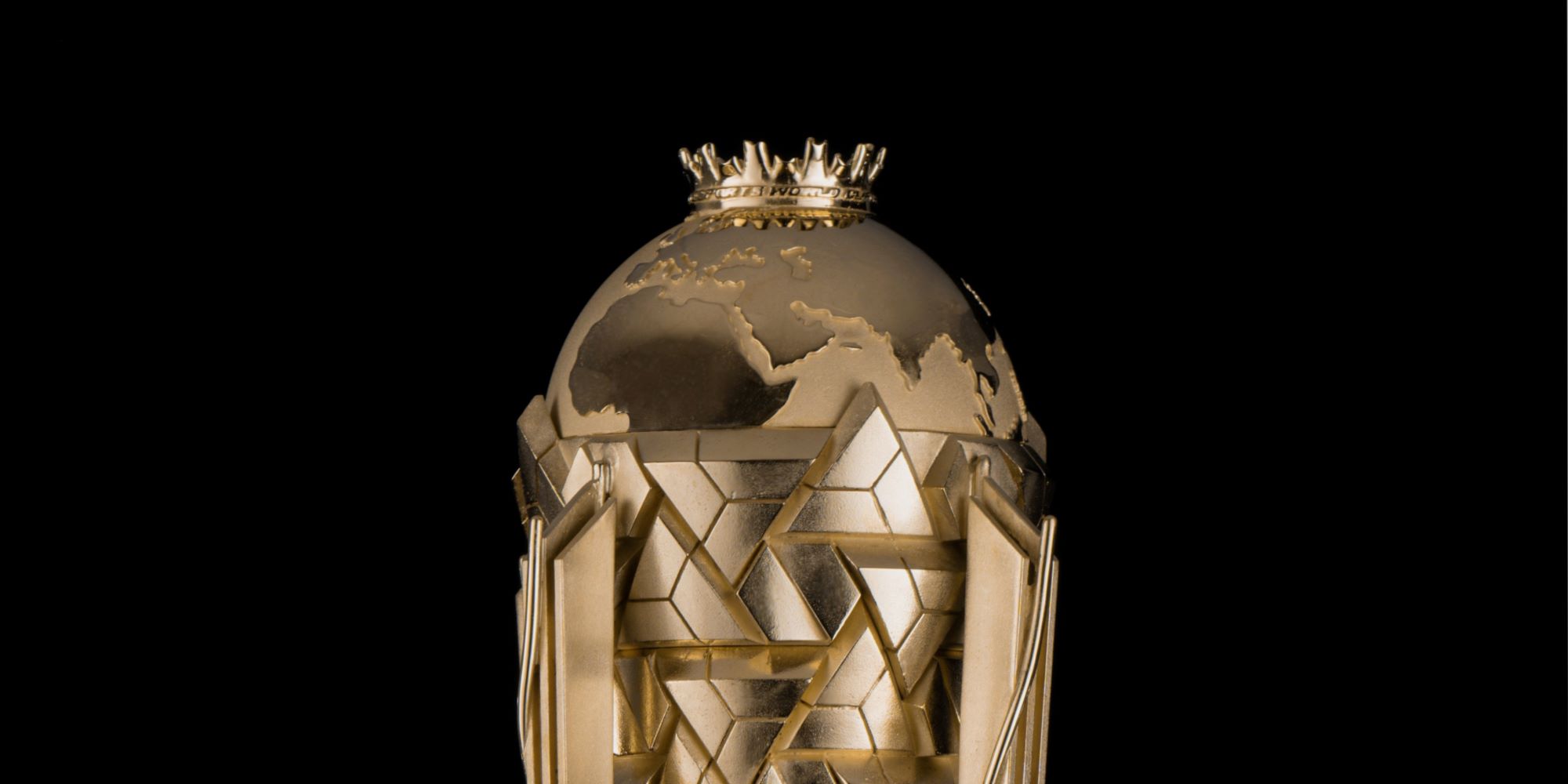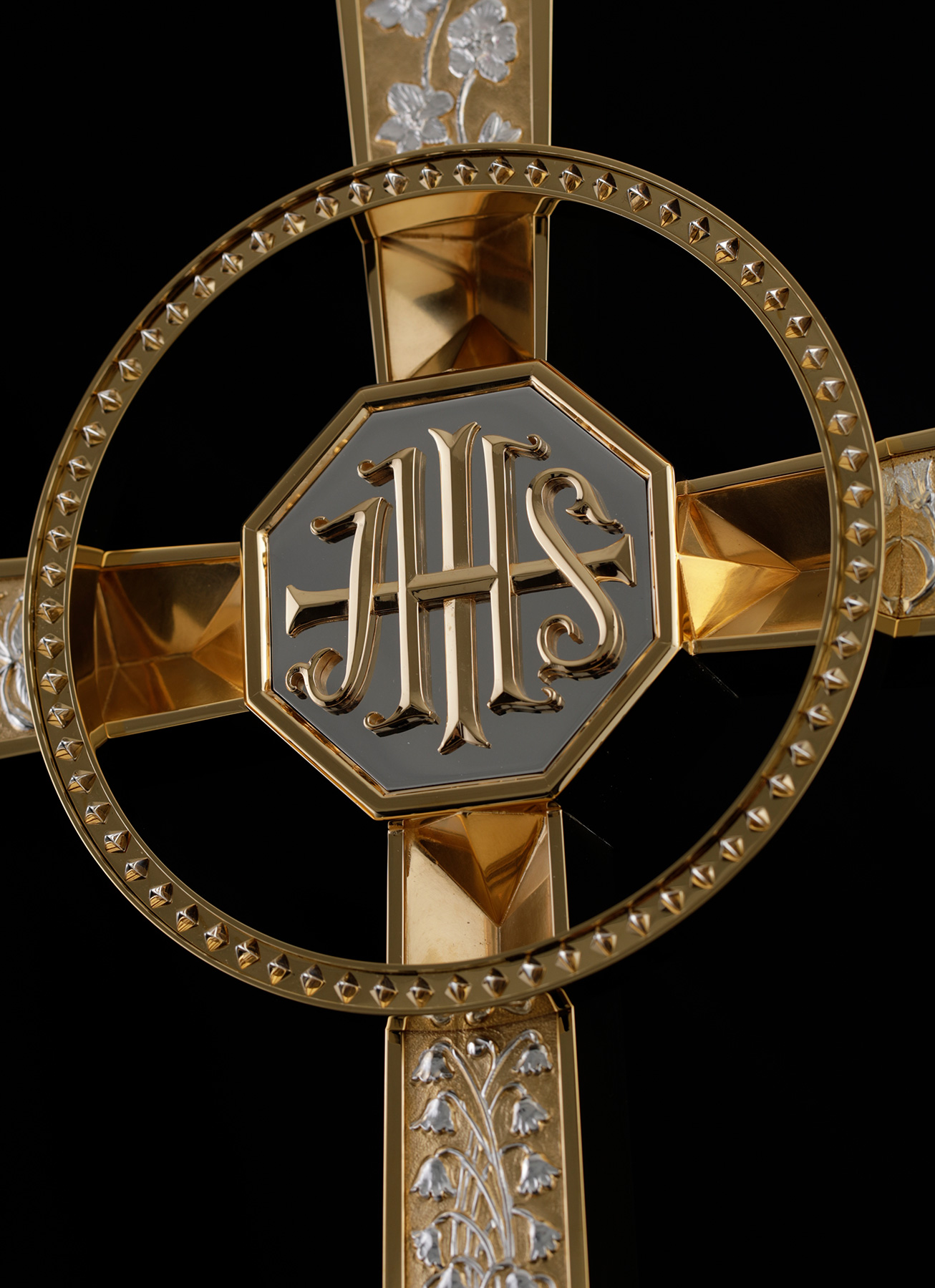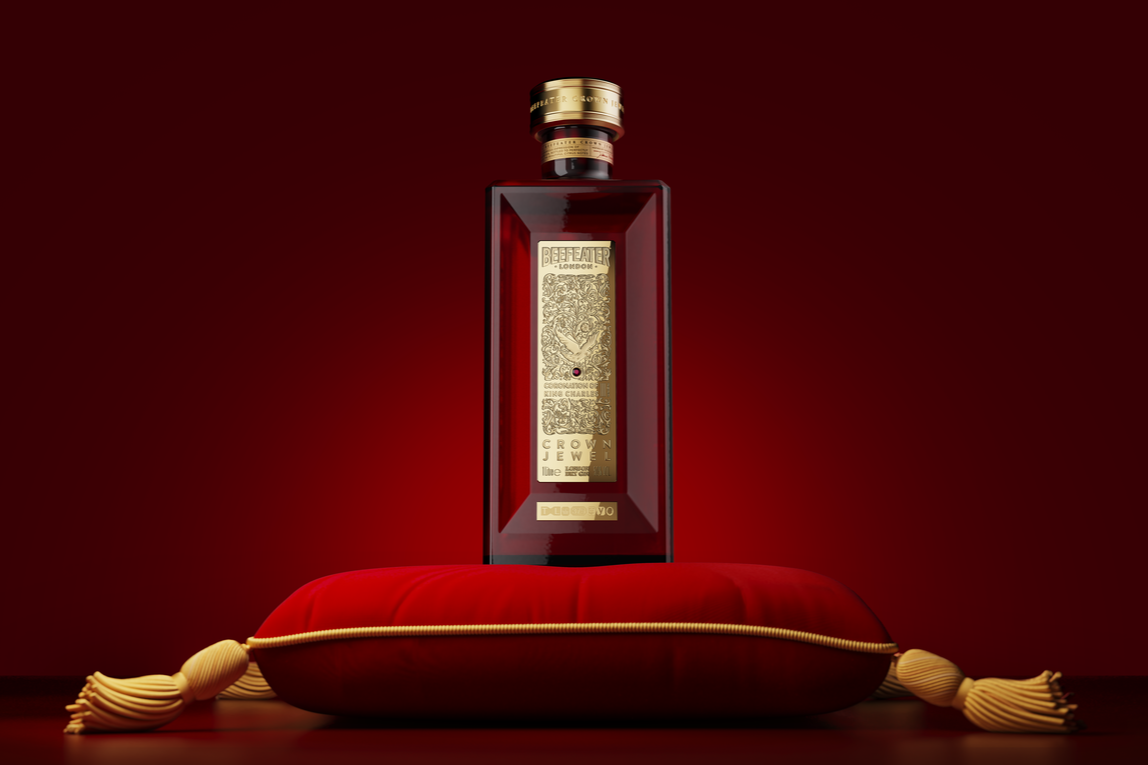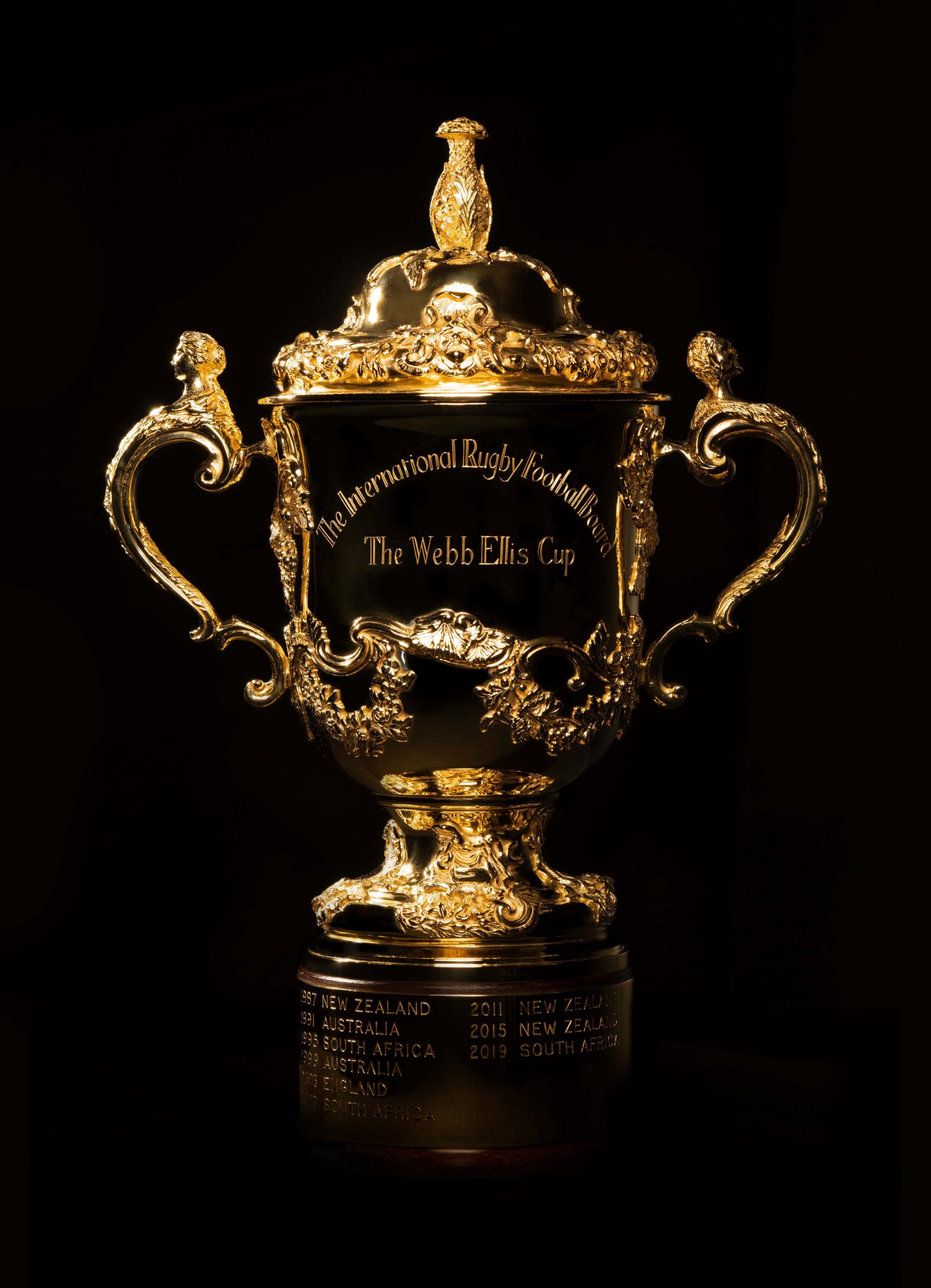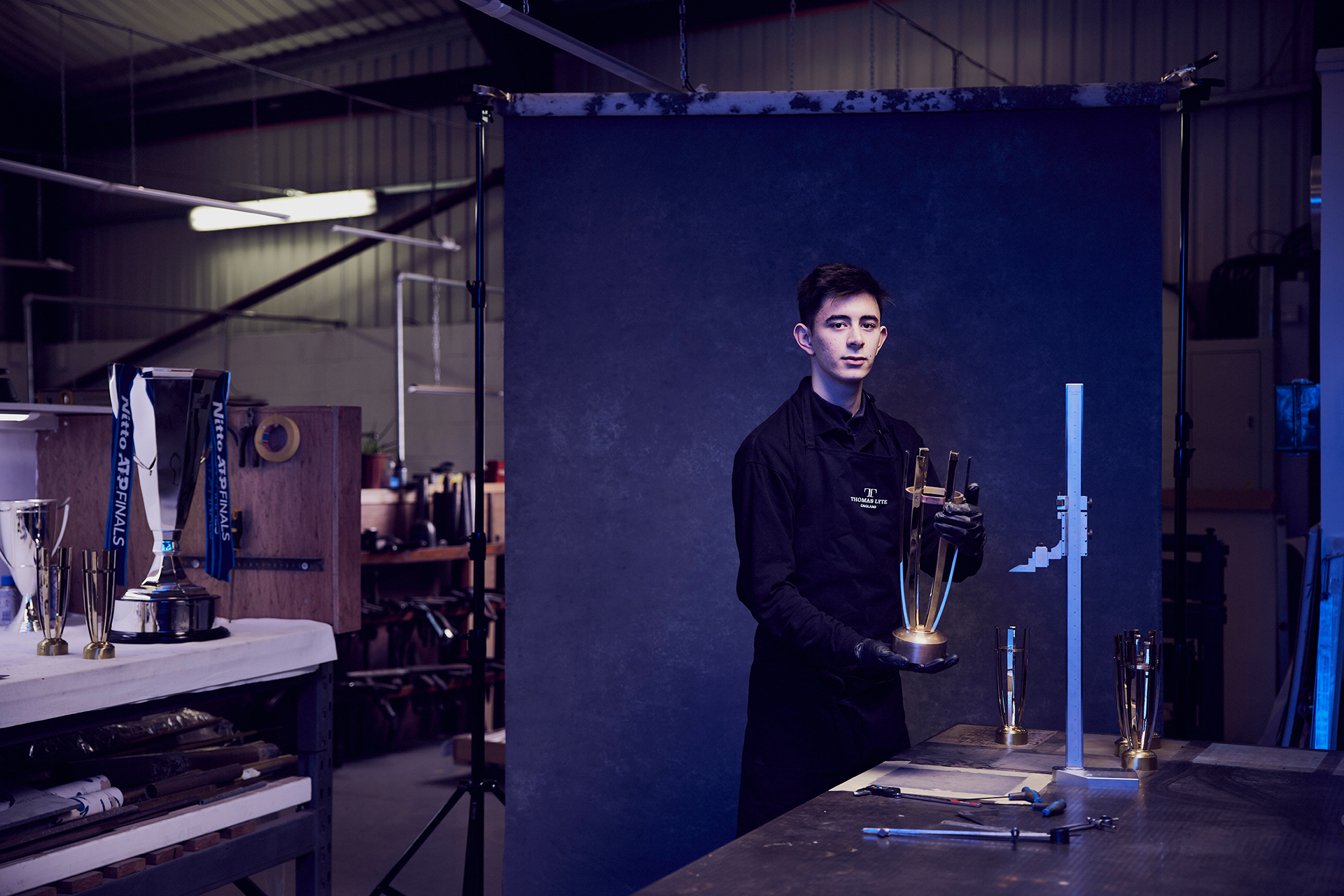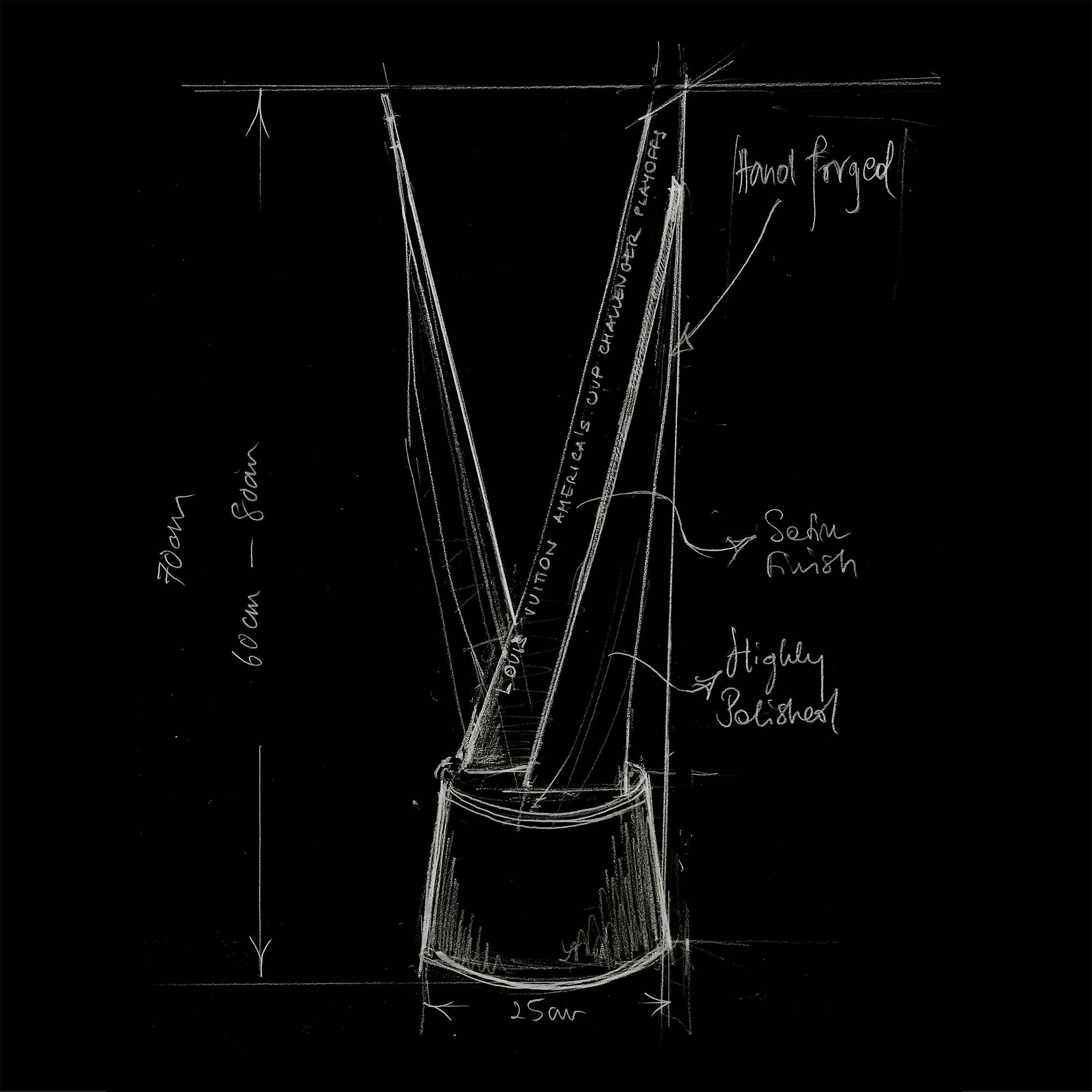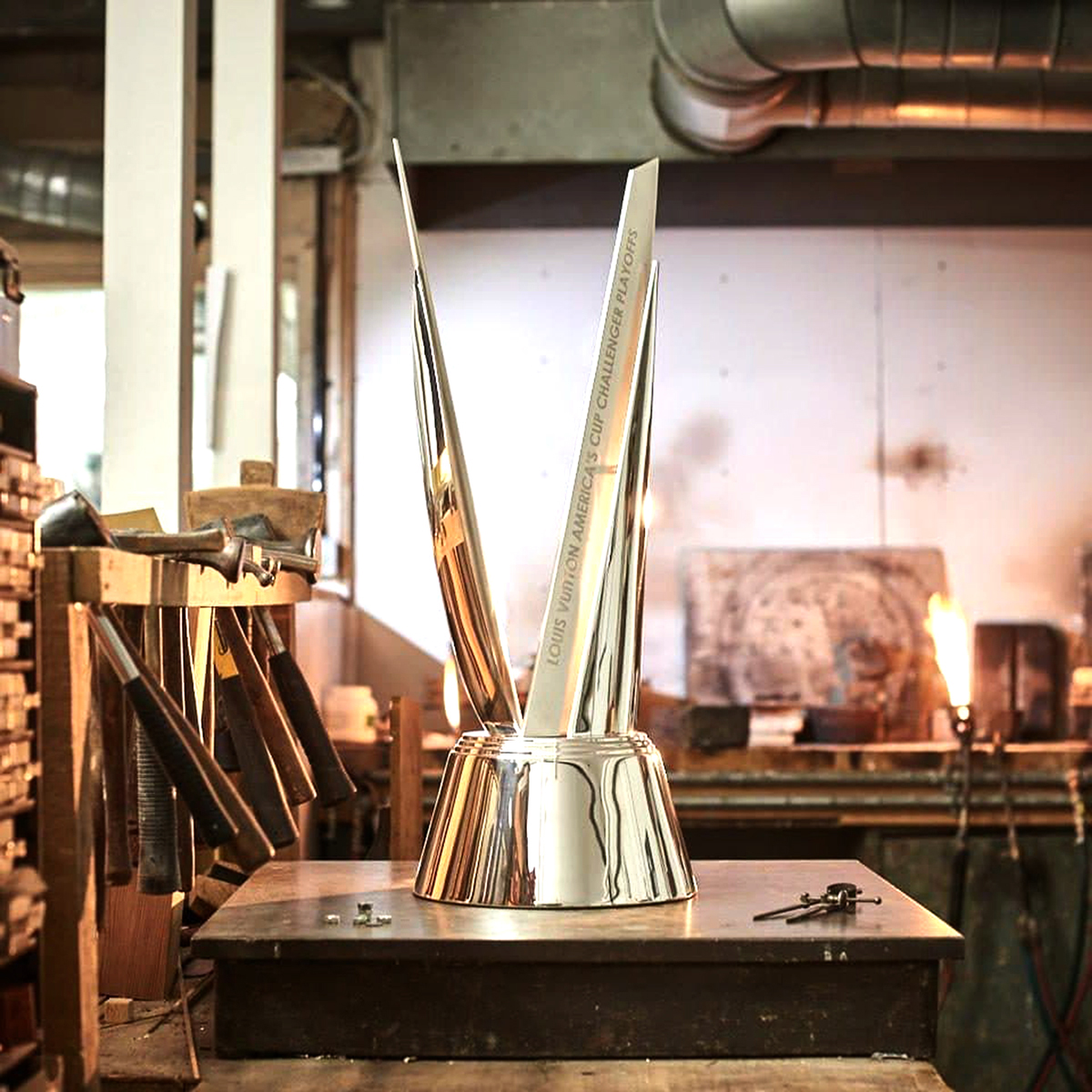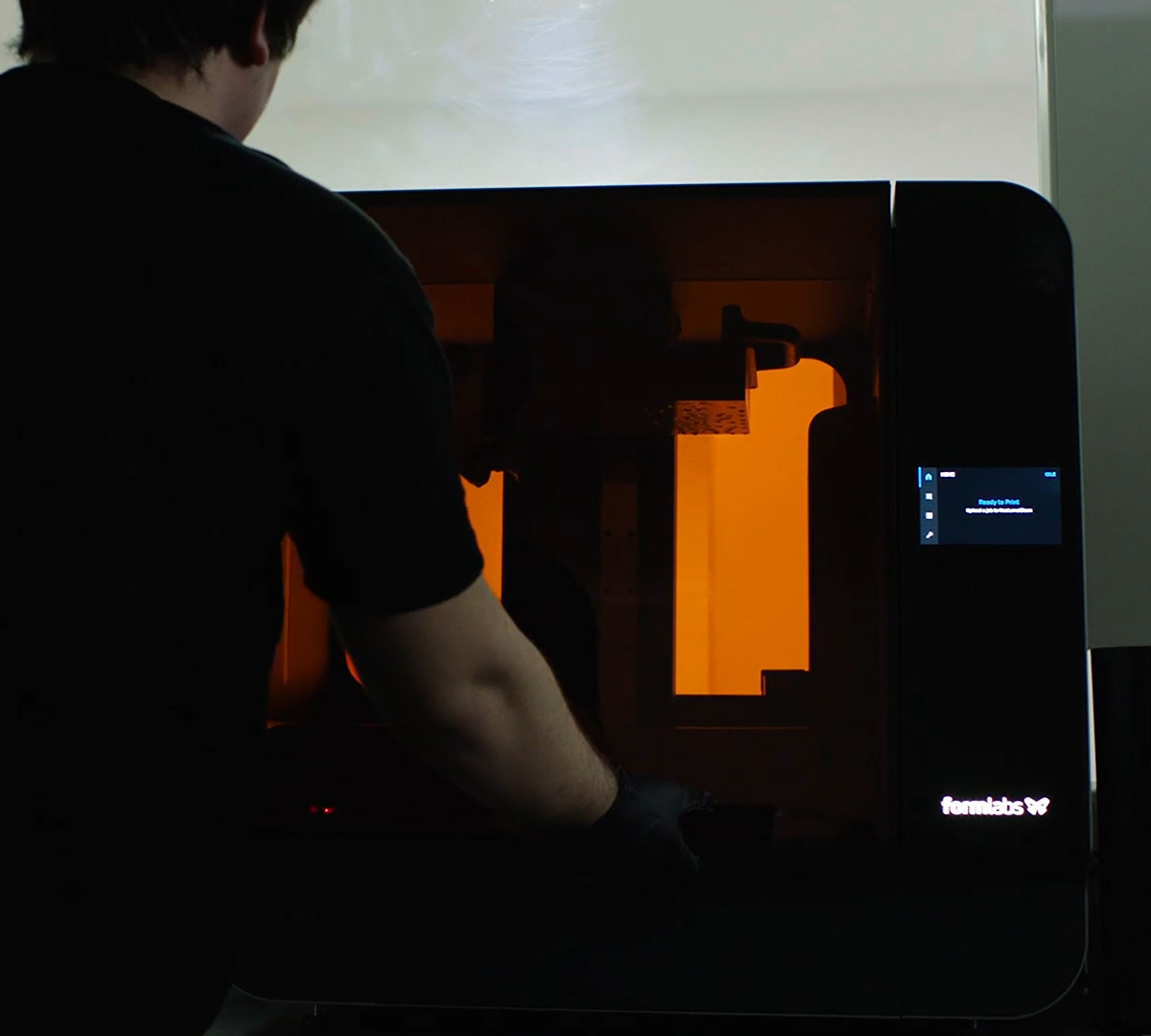Socialites, ceremonies and celebrations
A booming industry ensued, which, over time, witnessed trends from the ornate Rococo style of the early 18th century to the later more understated and elegant Neoclassical designs. British Huguenot artists, designers and craftspeople shaped and manipulated silver and other precious metals into decorative or practical objects such as tableware and flatware, mirrors and candlesticks, teapots and tureens, jewellery for celebrations and socialites, ecclesiastical pieces for ceremonies, trophies and medals for outstanding achievements, acts of kindness and bravery.
![Slawn x Cup Culture FA Cup trophy made by Thomas Lyte]() SLAWN x Cup Culture: Where Football Meets Design, Art and Craft
SLAWN x Cup Culture: Where Football Meets Design, Art and Craft![Designers Makers Of The Queen Elizabeth II Platinum Jubilee Processional Cross 3 1306x1800]() Culture Round-Up: 2022 and the Queen Elizabeth II Processional Cross
Culture Round-Up: 2022 and the Queen Elizabeth II Processional Cross
